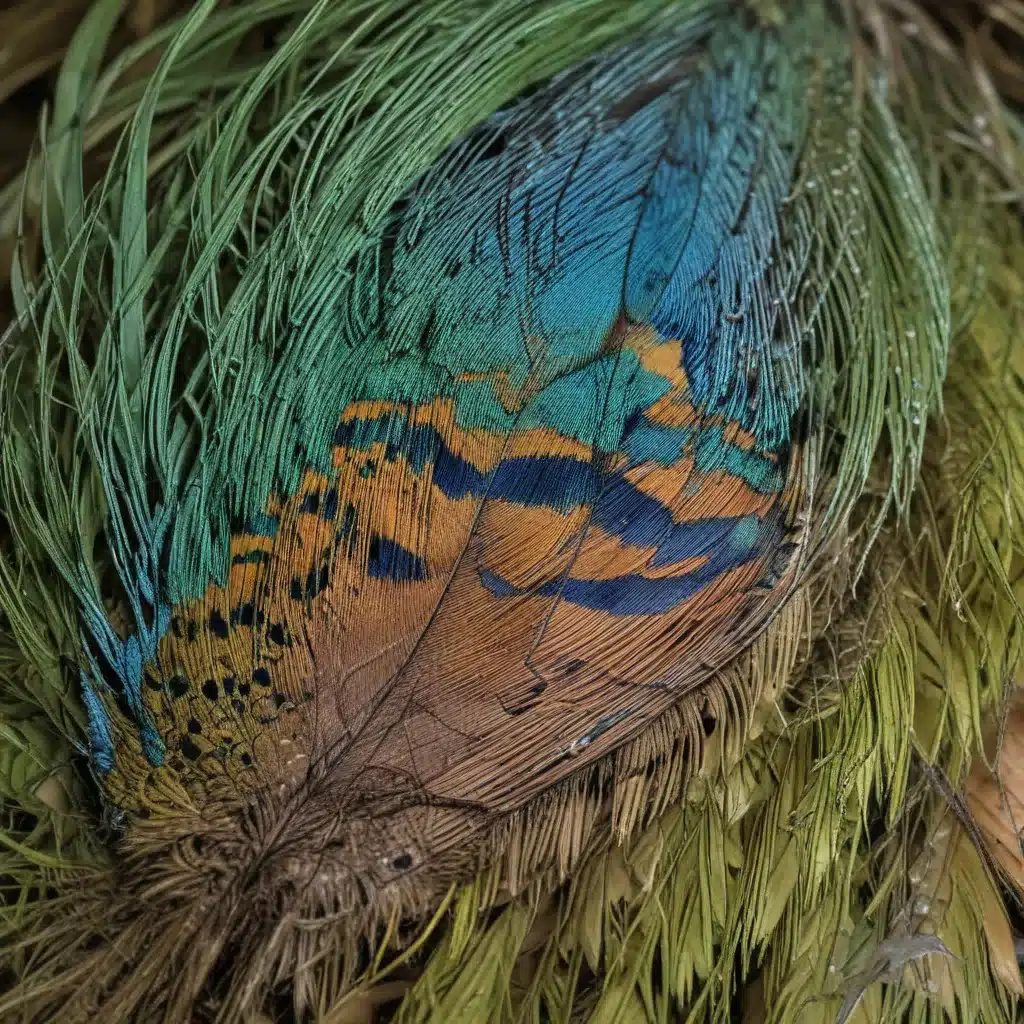
As an experienced avian caretaker and expert in bird species, I understand the vital importance of maintaining healthy, well-groomed plumage in our feathered companions. The condition of a bird’s feathers is not only a reflection of its overall health and wellness, but it also plays a crucial role in crucial functions like insulation, waterproofing, flight, and social signaling.
In this comprehensive guide, we’ll explore the intricate world of avian behavior and delve into the strategies and best practices for keeping your birds’ feathers in optimal condition. From the underlying biology to practical tips for habitat management and enrichment, you’ll gain a deep understanding of how to support your avian friends in looking and feeling their best.
Avian Biology and Plumage Characteristics
Avian Integumentary System
The integumentary system in birds is a complex and fascinating structure, encompassing the skin, feathers, and associated structures. Feathers, in particular, are a defining feature of avian biology, serving a multitude of functions essential to a bird’s survival and well-being.
Feather Structure and Function
Each individual feather is a marvel of engineering, composed of a central shaft (rachis) with intricate branching structures called barbs and barbules. This intricate arrangement allows feathers to interlock, creating a cohesive, aerodynamic surface. Depending on their location and specialized function, feathers can take on a variety of shapes and sizes, from the sleek, streamlined primary flight feathers to the fluffy, insulating down feathers.
Molting Processes
Molting, the periodic shedding and replacement of feathers, is a natural and essential part of a bird’s life cycle. This cyclical process ensures that worn, damaged, or outdated feathers are replaced with fresh, functional plumage. Understanding the nuances of molting, such as the timing, patterns, and individual variations, can help you provide the necessary support and accommodations for your birds during this vulnerable period.
Factors Affecting Feather Health
Nutrition and Diet
Proper nutrition is a cornerstone of avian health, and it directly impacts the condition and quality of a bird’s feathers. The right balance of proteins, fats, vitamins, and minerals is essential for feather growth, pigmentation, and maintenance. Deficiencies in key nutrients can lead to issues like poor feather quality, abnormal molting, and even feather-picking behaviors.
Environmental Conditions
The environment in which your birds live plays a crucial role in their feather health. Factors like temperature, humidity, air quality, and access to appropriate bathing and dusting substrates can all influence the condition of a bird’s plumage. Providing the right habitat conditions and ensuring proper hygiene can help prevent environmental stressors that could compromise feather integrity.
Behavioral Influences
Avian behavior is intricately linked to feather health. Preening, bathing, and dust-bathing are essential grooming behaviors that birds use to maintain the structure and cleanliness of their feathers. Disruptions to these natural behaviors, whether due to stress, boredom, or medical issues, can lead to feather problems like excessive breakage, discoloration, or even feather-plucking.
Feather Maintenance Behaviors
Preening and Bathing
Preening is a fundamental behavior in birds, where they use their beaks to meticulously groom and align their feathers. This process not only removes dirt, debris, and parasites but also distributes the natural oils produced by the uropygial (preen) gland, which help keep feathers flexible, waterproof, and in optimal condition. Bathing, whether in water or dust, is another vital component of a bird’s grooming routine, as it helps remove excess oils and contaminants.
Dust-Bathing and Sun-Bathing
In addition to water-based bathing, many bird species engage in dust-bathing and sun-bathing behaviors. Dust-bathing helps to dislodge and remove ectoparasites, while sun-bathing may have benefits for feather health and overall well-being. Understanding and providing opportunities for these natural behaviors can support your birds’ feather maintenance efforts.
Perch Selection and Arrangement
The type, size, and arrangement of perches in a bird’s habitat can also influence feather condition. Appropriately sized and textured perches allow birds to effectively preen and maintain their feathers, while poor perch choices can lead to feather wear, breakage, and even skin irritation.
Strategies for Optimal Plumage Condition
Habitat Enrichment and Management
Crafting an enriching and well-designed habitat is crucial for supporting your birds’ natural behaviors and promoting optimal feather health. This includes providing a variety of perch options, suitable substrates for dust-bathing, and other environmental features that encourage preening, bathing, and other essential grooming activities.
Dietary Supplementation
While a balanced, species-appropriate diet is the foundation for healthy feathers, targeted dietary supplements can provide additional support during critical periods, such as molting or feather regeneration. Carefully selected vitamins, minerals, and other nutrients can help ensure your birds have the necessary building blocks for strong, vibrant plumage.
Monitoring and Early Intervention
Regularly observing your birds and monitoring their feather condition is essential for identifying any potential issues early on. Signs of feather problems, such as excessive breakage, discoloration, or abnormal molting, should be addressed promptly to prevent further deterioration and potential health concerns. By staying vigilant and intervening early, you can help your feathered friends maintain their optimal plumage condition.
Remember, each bird is unique, and their feather health can be influenced by a complex interplay of factors. By understanding the underlying biology, recognizing the critical behaviors, and implementing tailored strategies, you can help ensure your avian companions thrive and showcase their natural beauty. For more information and resources, be sure to visit Mika Birds Farm – your trusted source for all things avian.


